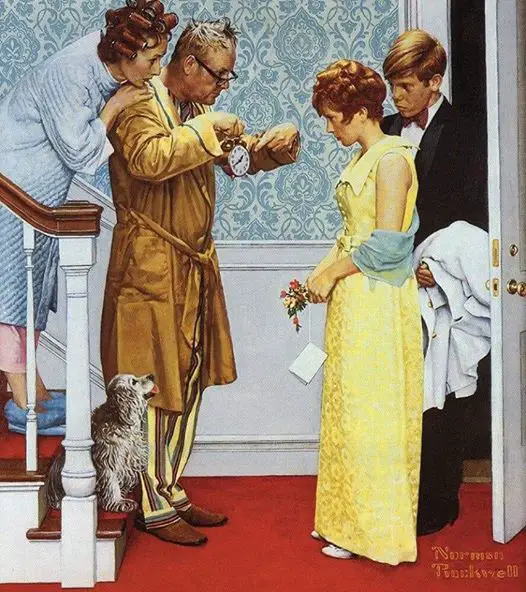The very first episode of The Narrative Breakdown podcast is about a plot device which helps to amp up the tension in a story: Sometimes it even comes with a ticking clock sound effect — more often it doesn’t — and it describes a story which has time as a pressing issue. If there’s a bomb in the story you have an especially clear example of a Ticking Clock Plot Device e.g. the movie Speed.
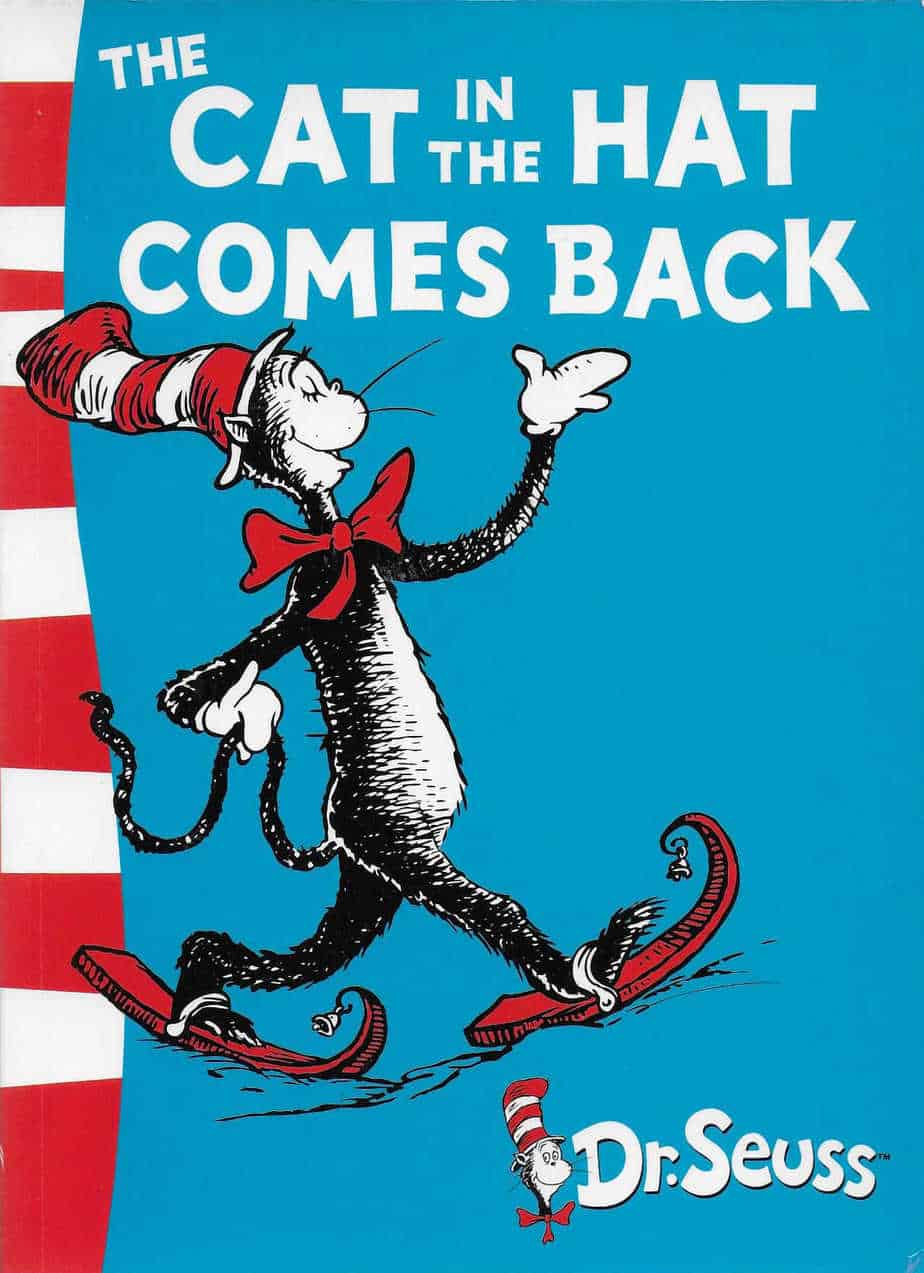
(Here are many more tropes associated with Cat In The Hat, though ‘race against the clock’ isn’t one of them.)
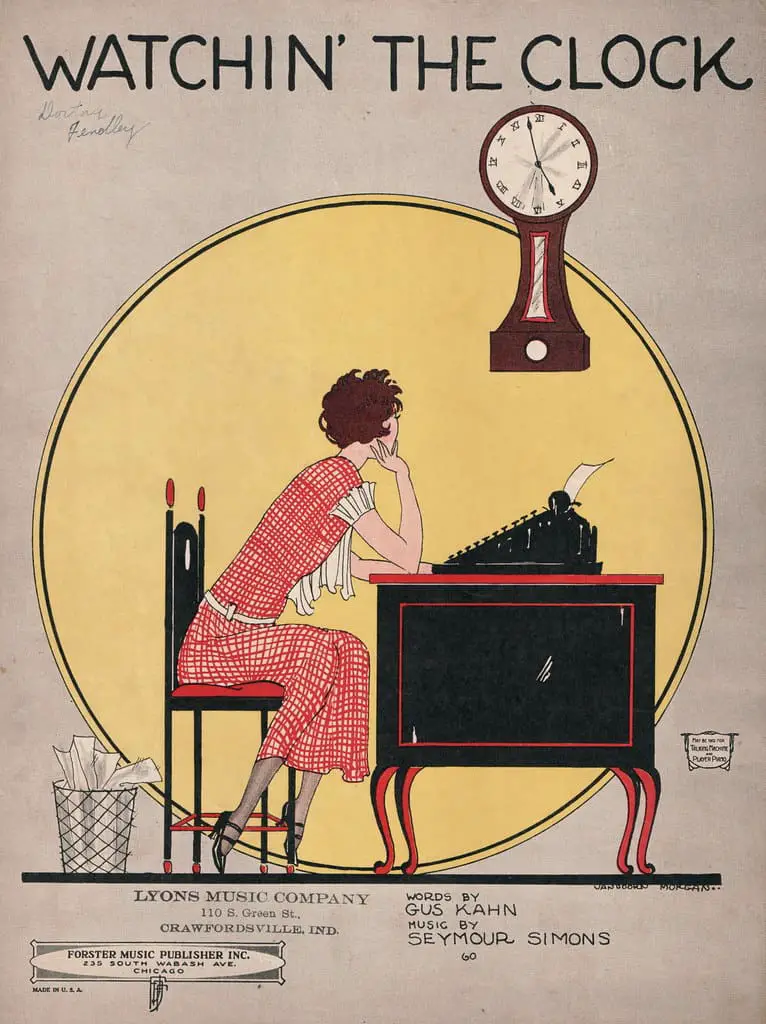
A Trick Older Than The Hills
The ticking clock device has been used in storytelling to increase narrative drive for many generations. It is used in Cinderella, who must escape from the ball before midnight, before her carriage turns back into a pumpkin. Often, the device is implied rather than stated outright. In Hansel and Gretel, we know the witch will eventually eat the children. That could happen at any moment, though she’s waiting for them to fatten up.
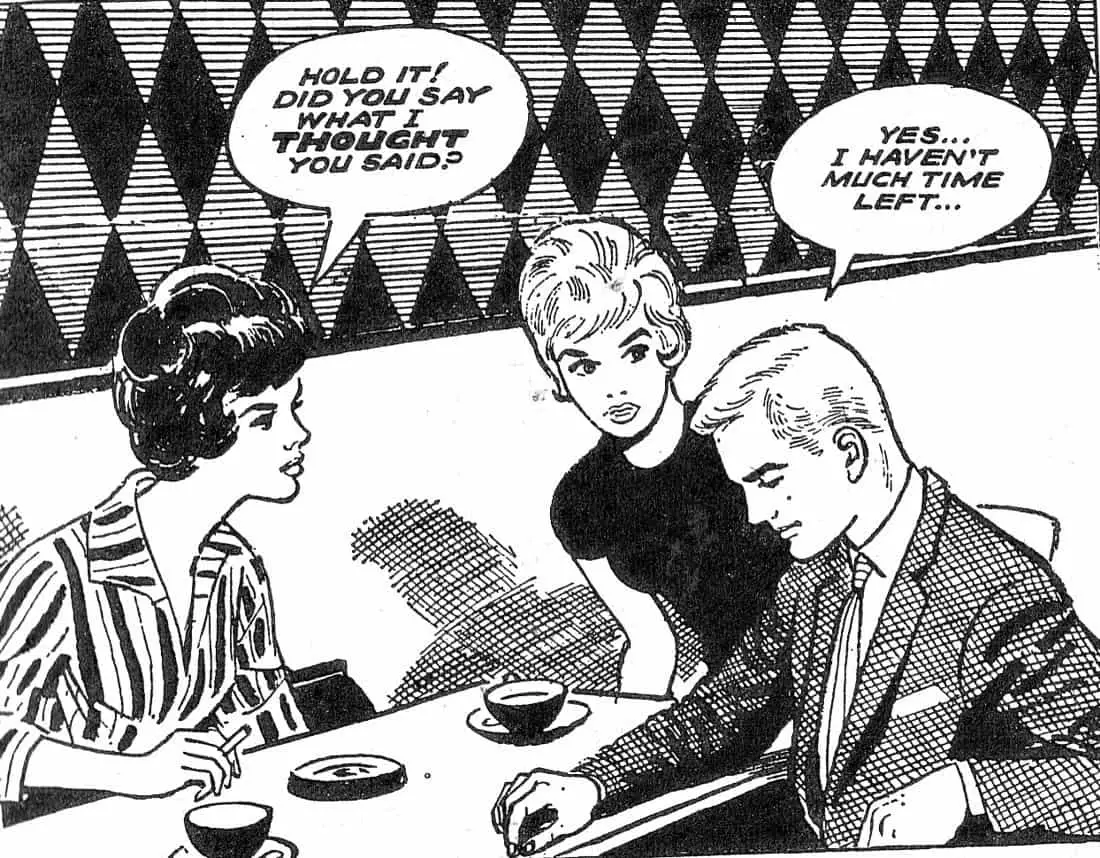
Other Examples Of Ticking Clocks In Movies
- Die Hard 2 — a plane running out of fuel
- Speed — a bomb is set to go off if the bus goes under 50 miles per hour
- Se7en — a cop must stop a serial killer before he kills his next victim
- The Fugitive — an innocent man must prove his innocence before being caught again
- Dumplin — Performances always give a story narrative drive because they provide a ticking clock. Without that, Dumplin would’ve been in great danger of losing momentum.
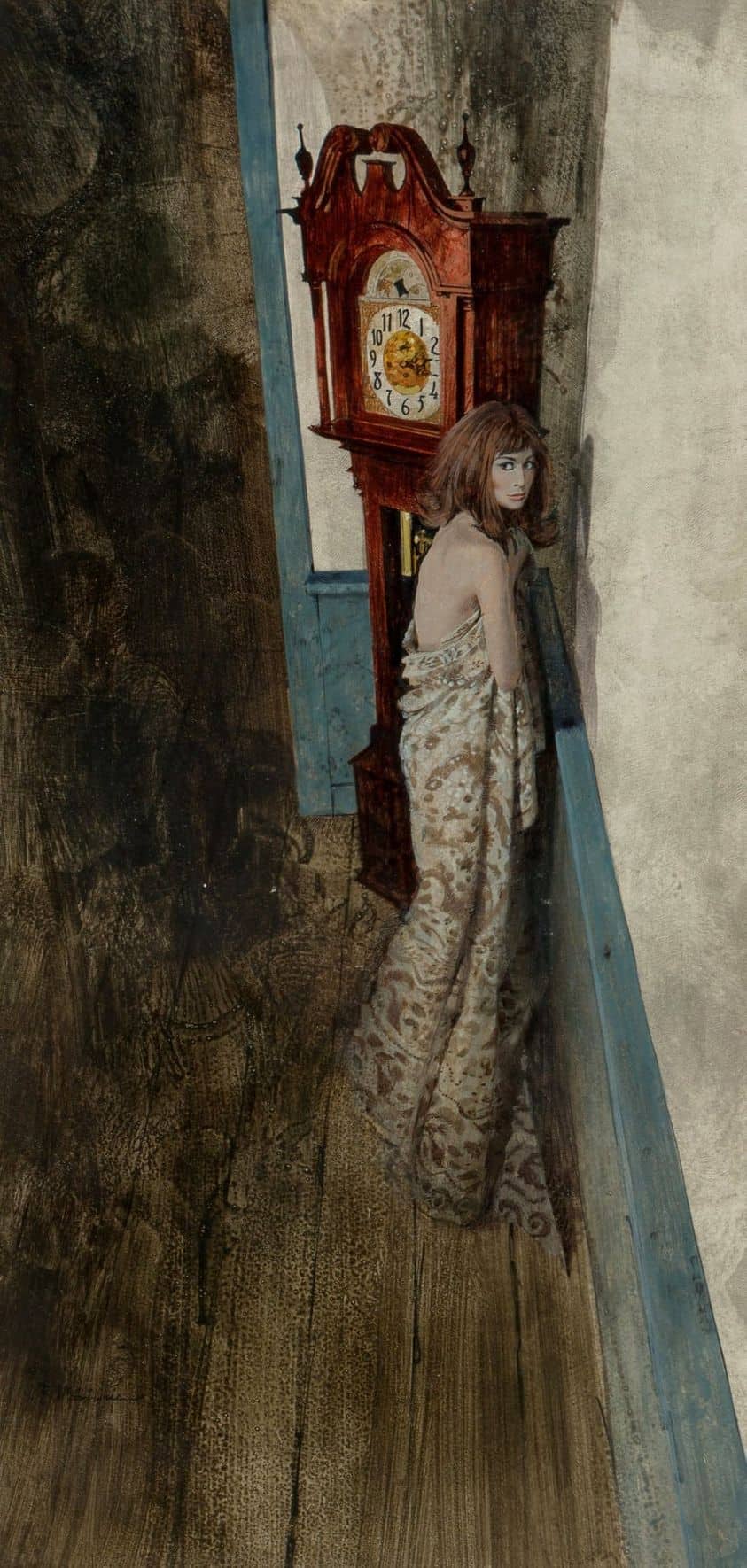
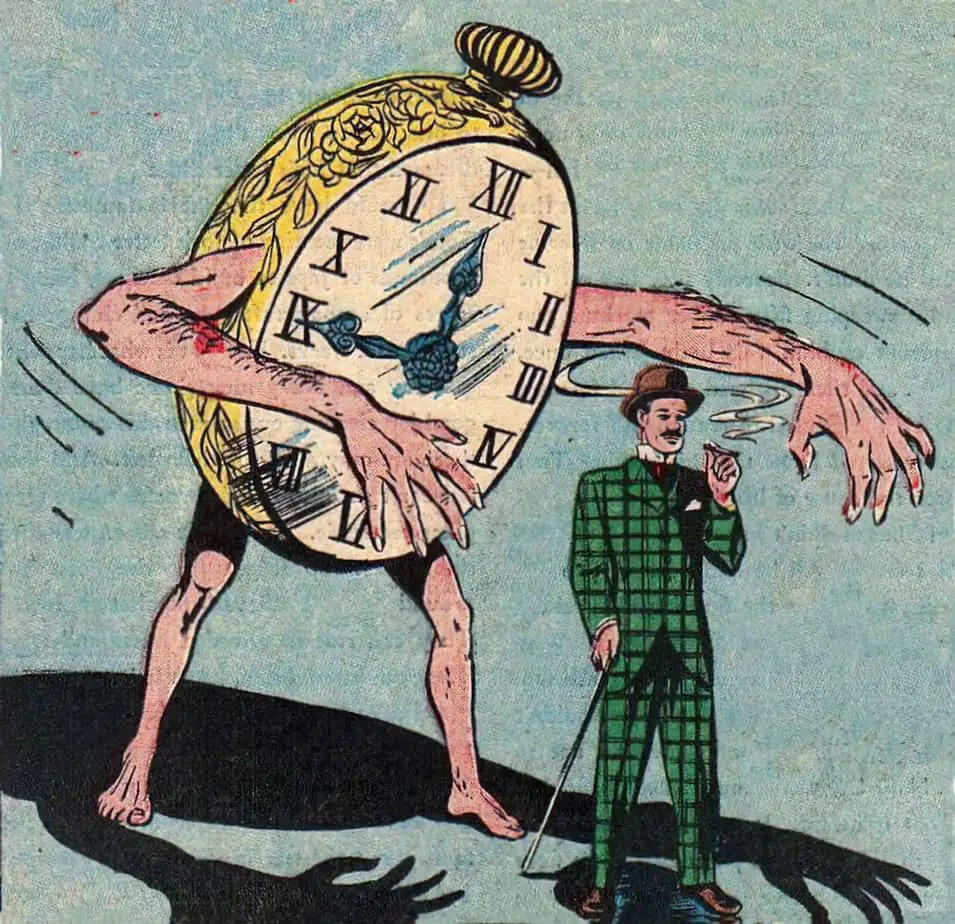
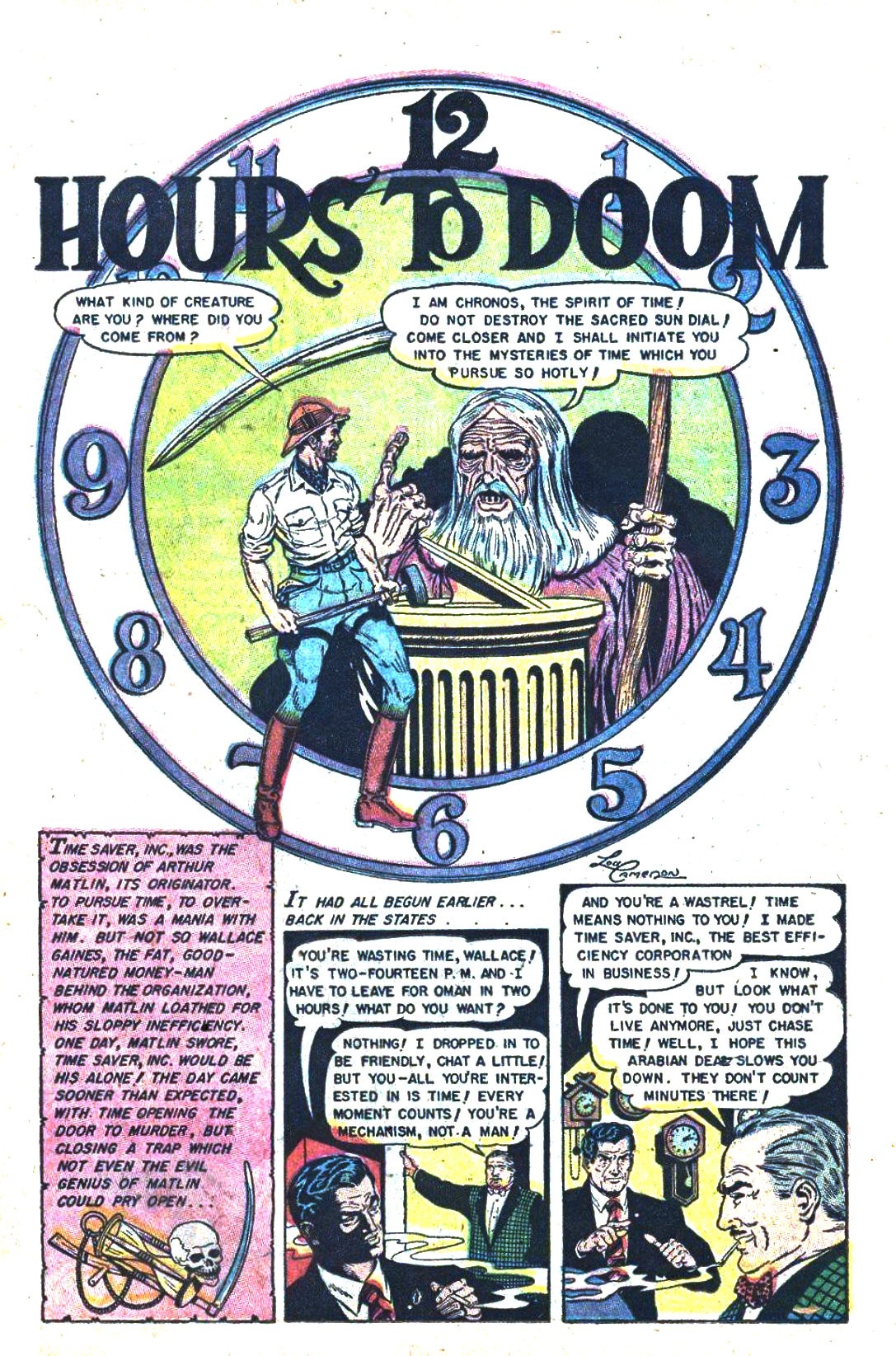
Ticking Clocks In Picture Books
Hilda Bewildered stars a petrified young princess, charged with the task of delivering a speech to open winter. As the live broadcast draws near, the princess concocts a story in her head to help her through the task.
TV Tropes refers to this as ‘Race Against The Clock’ and offers plenty of examples.
Variations of the ticking clock device can be found in a wide variety of genres — not just in thrillers — such as in Little Miss Sunshine (a road trip with a beauty pageant as deadline) and Planes, Trains and Automobiles, in which a man wants to make it home in time for Thanksgiving with his family in his warm, cosy house.
On the podcast, Cheryl’s first example of this device happens to be a children’s book: The Cat In The Hat, in which an unwelcome visitor makes a mess of the place, which must be cleaned up again by the time the mother gets home.
In picture books with ticking clocks, it is often the parent(s) who have made some rule, and it is universally understood that if the rule is broken there will be terrible consequences.
Aside from our own Hilda Bewildered, another picturebook that combines ticking-clock and the snowy, dreamy atmosphere of a mood piece is Home By Five, by Ruth Wallace-Brodeur, illustrated by Mark Graham.
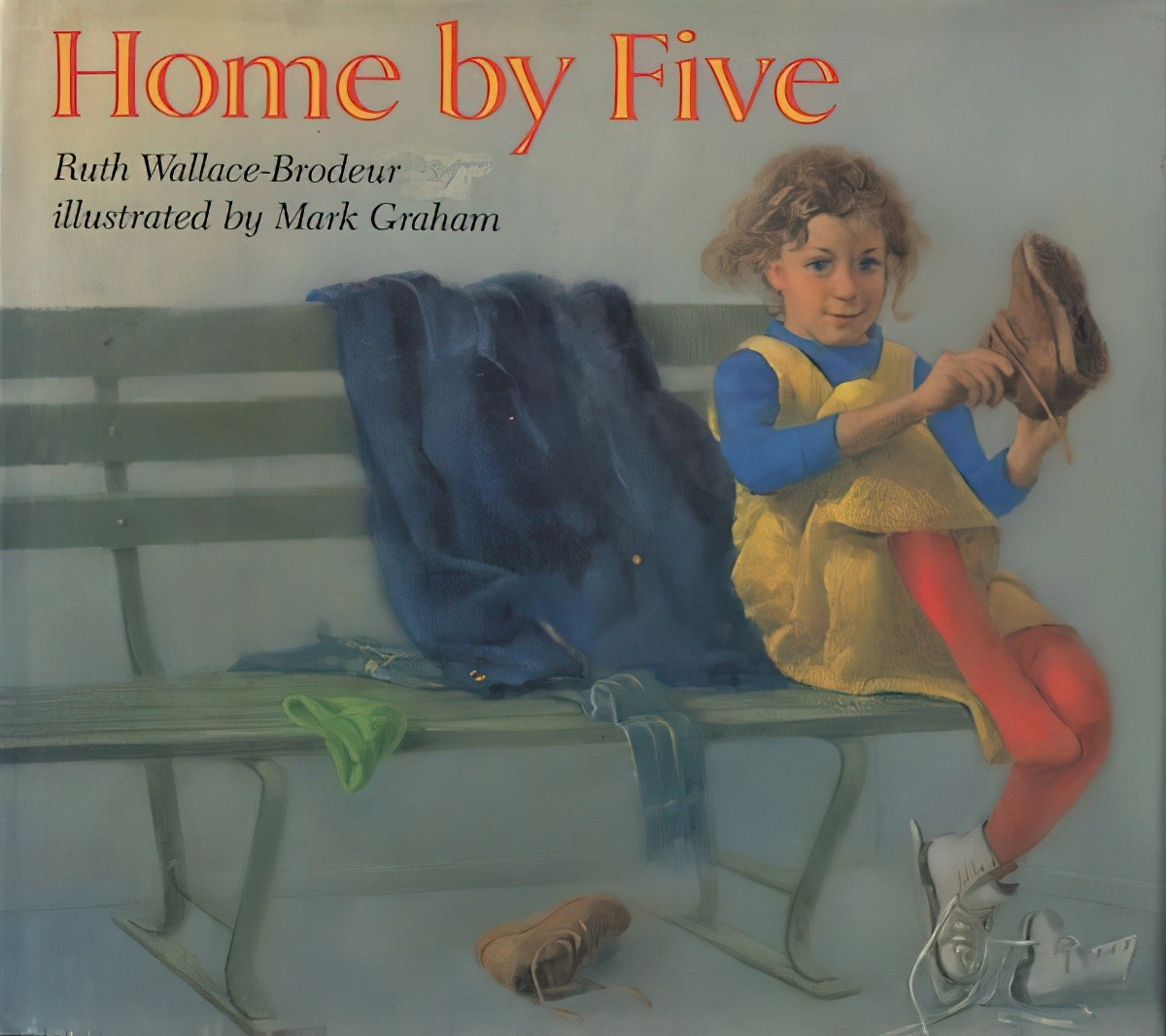
This is a gentle, dreamy book, beautifully illustrated in pastels.
But to contrast with the dreamy mood (and the dreamy Rosie), here on the first page a ticking-clock urgency is set up, as Papa instructs Rosie to be home by a certain time. He helps her to get ready for her ice-skating session. This is a handsome, nurturing dad who we don’t want to disappoint.
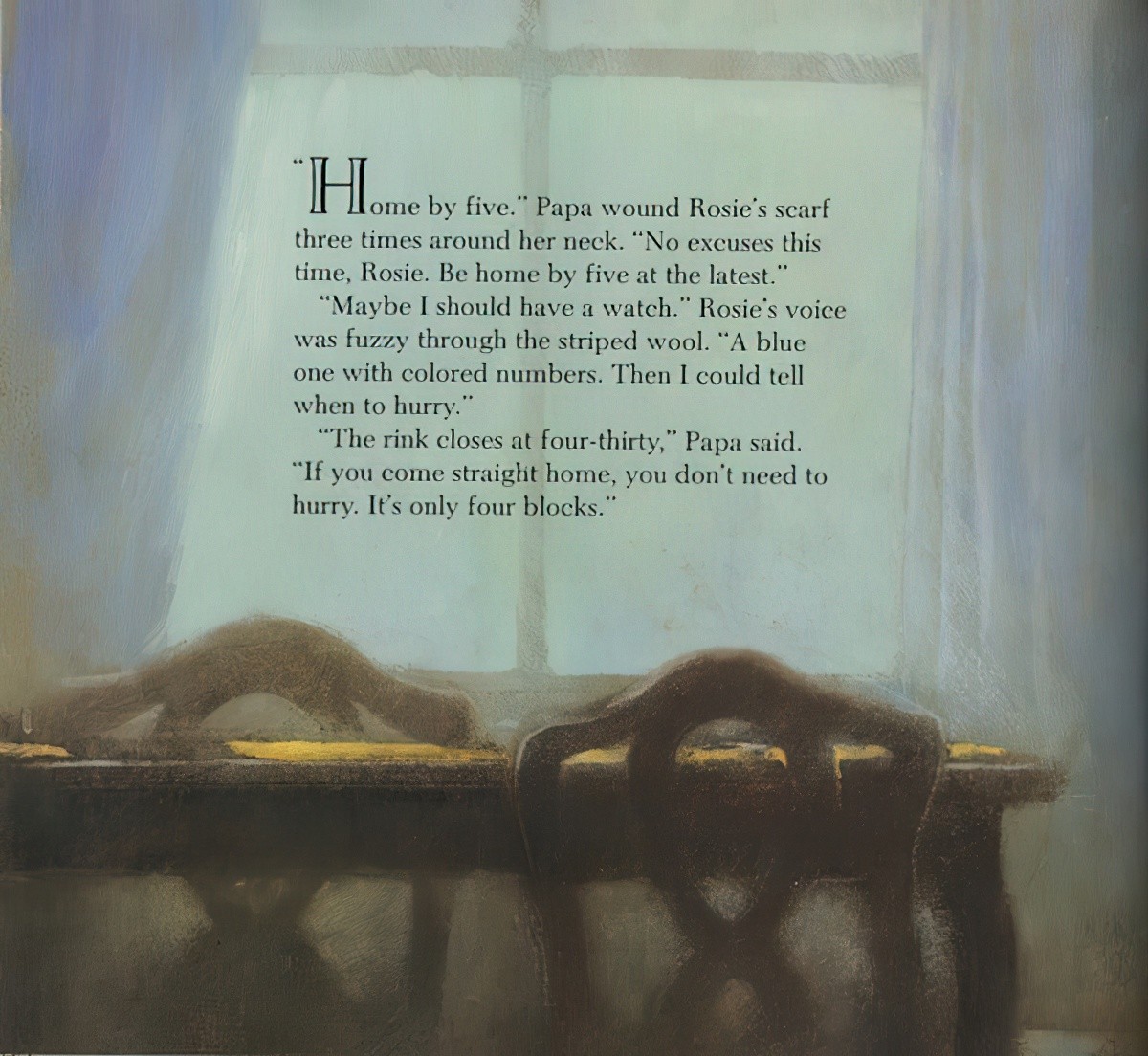
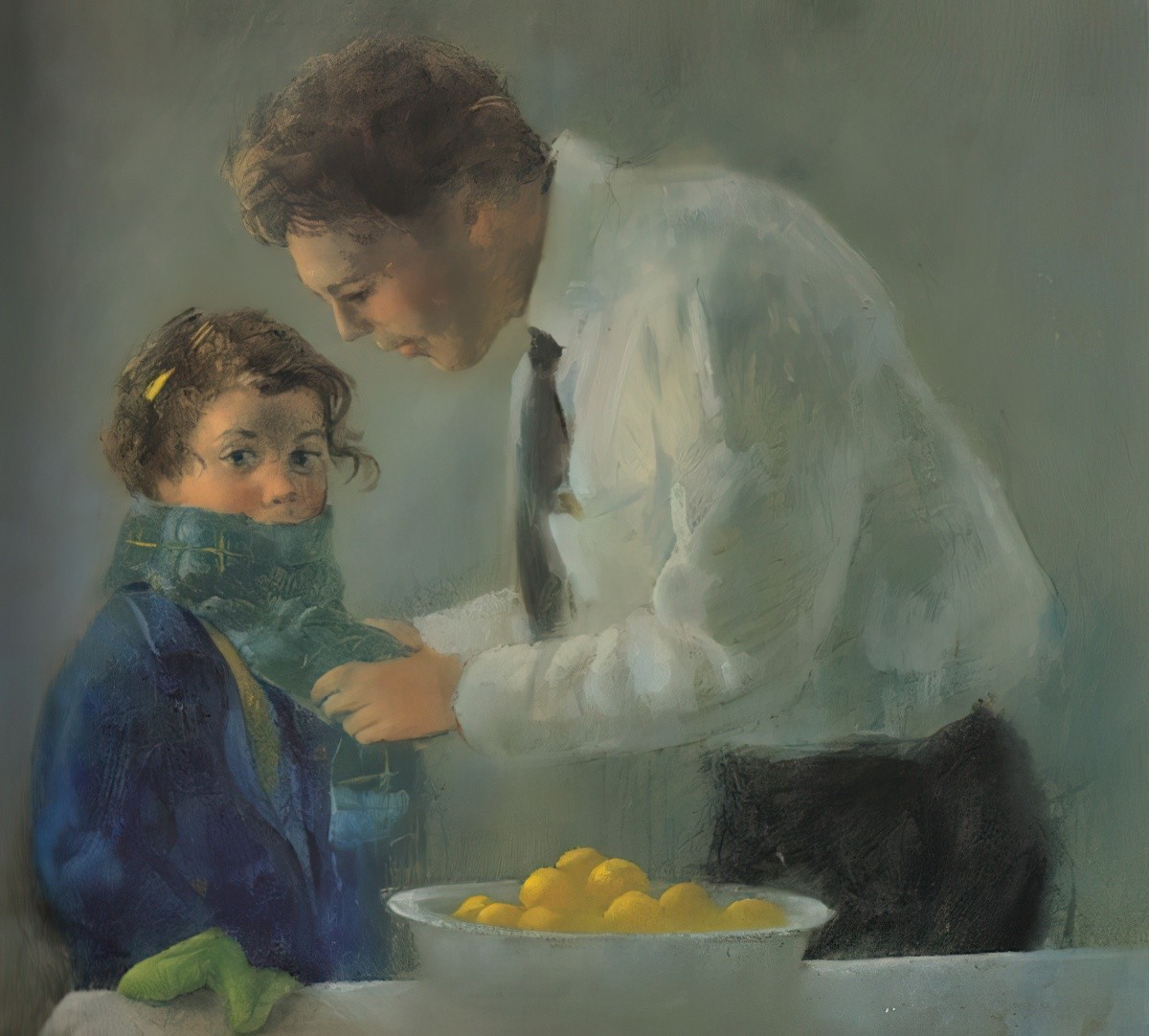
So we get a little antsy when we see Rosie dilly-dally along the way home, despite her best intentions. She stops to swing around the poll and to look inside the bakery window, and all the time the reader can see she’s not hurrying. But it’s a little frustrating because we aren’t given access to the time, either. This book sets out to be a mood piece, with evocation descriptions of the wintry landscape. But there’s that confounded ticking clock, ruining it for us as it’s ruined for Rosie…
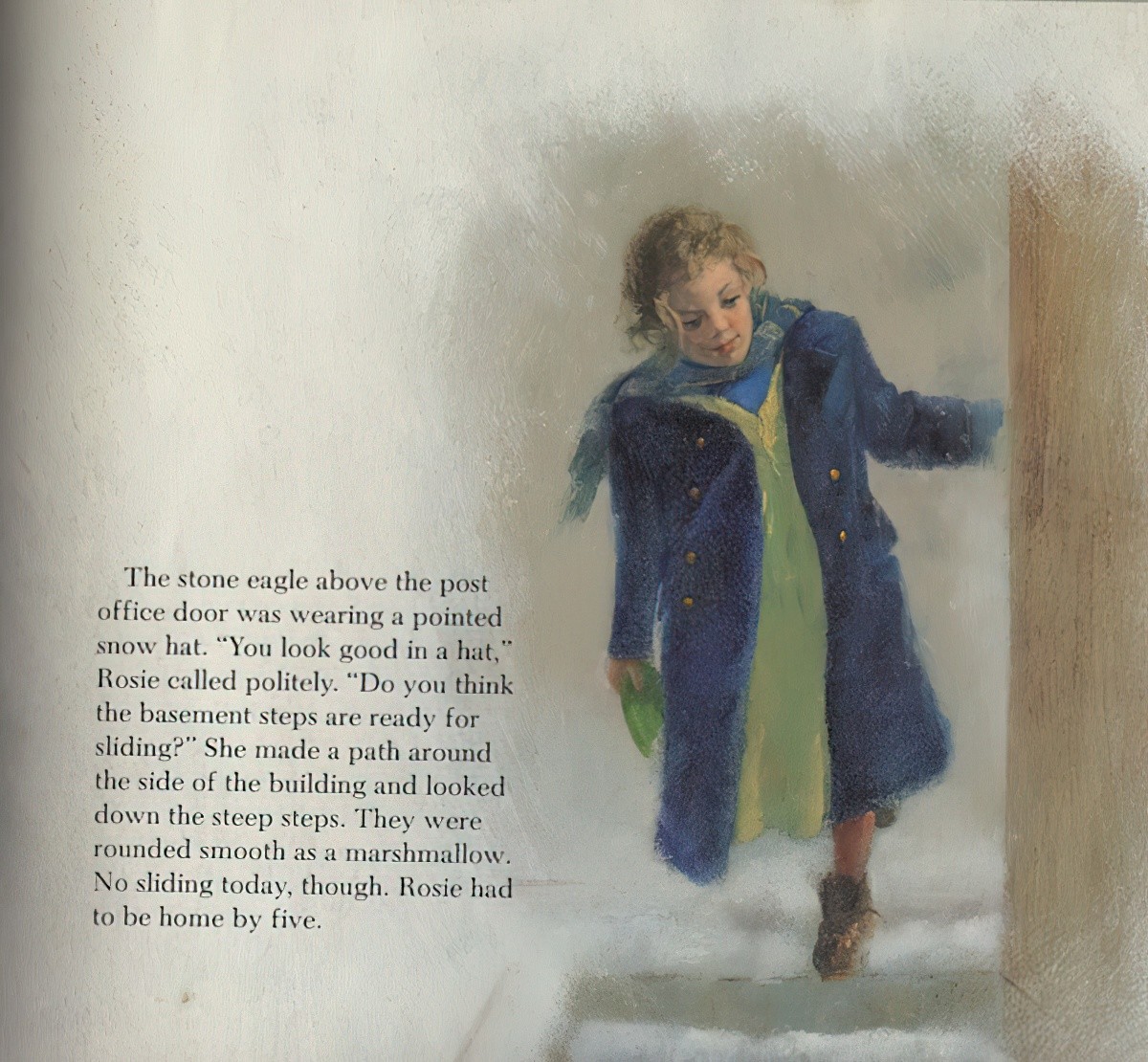
We don’t know what time it is until Rosie arrives home. The clock tells us she’s pretty late. Her parents discuss what to do.
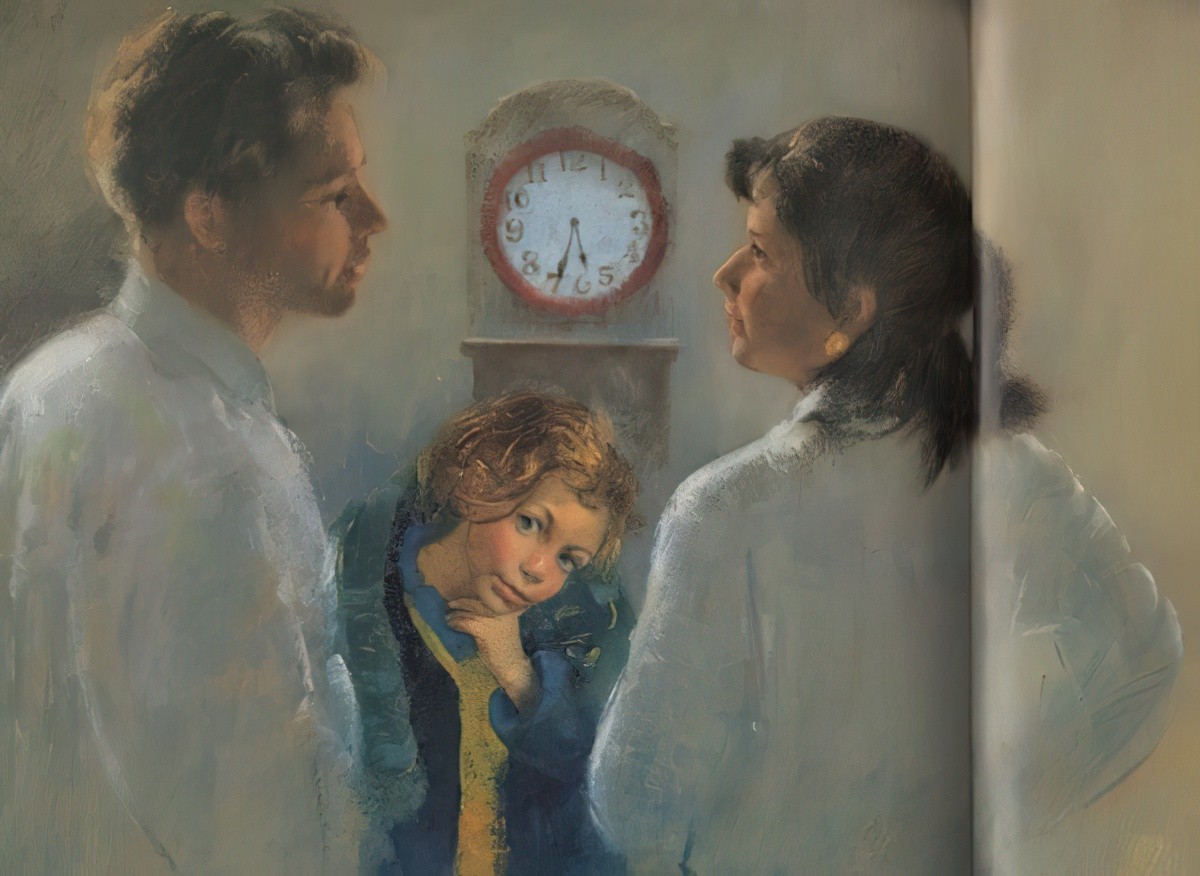
On the final page we see their decision: The 1992 option is to buy their daughter a wristwatch.
In two of our story apps I make use of the ticking clock device: In Midnight Feast we have Roya’s excitement of the lead up to Midnight, though I invert this device by drawing her evening out.
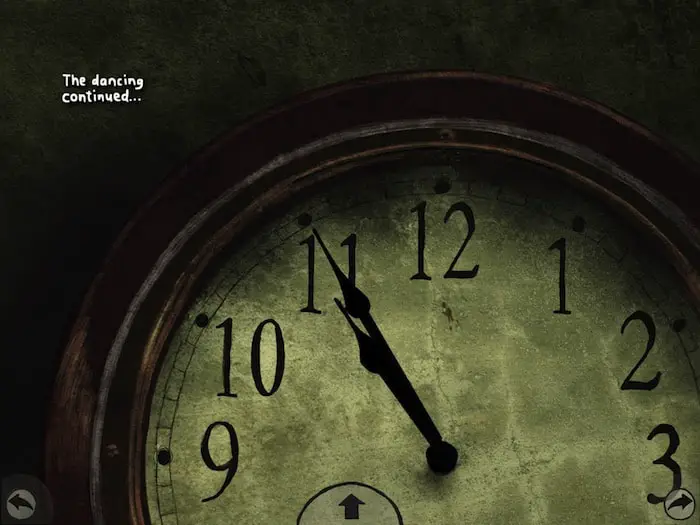
Jeff Kinney also makes use of the ticking clock in several of his Diary of a Wimpy Kid The Long Haul gags.
Header illustration: Being late, Norman Rockwell (1894–1978)
